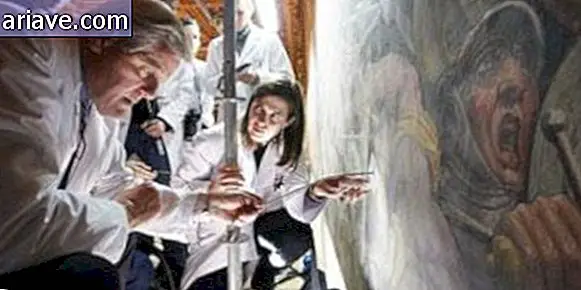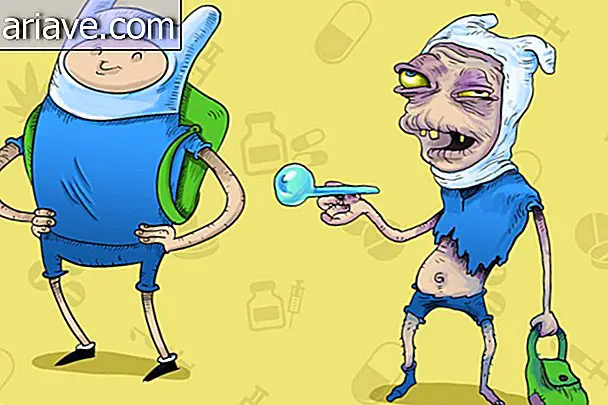Tomography reveals buddha statue is “stuffed” with a thousand-year-old mummy
As you know, it is a relatively common practice for researchers to subject museum pieces to examinations such as radiographs and infrared reflectography - either to attest to their authenticity or to find out what materials and techniques were used in the creation of the works. Interestingly, these procedures sometimes reveal much more than scientists expected to discover.
This is the case of a team of researchers from the Drents Museum, located in the Netherlands, who underwent a Chinese buddha statue dating from the 11th and 12th centuries to find that it houses a mummified monk inside. According to Rossella Lorenzi of Discovery News, scientists believe the body belongs to Liu Quan, a Buddhist master who lived around the year 1100.
“Stuffing” surprise

According to Rossella, scientists were completely surprised to find the monk sitting in the lotus position inside the statue, and subjected the piece to more CT scans and endoscopy examinations. Upon closer examination, the team found that Quan's internal organs were removed and replaced with documents covered by Chinese scriptures.
Researchers speculate that the monk may have performed the self-ritual ritual. As we have already explained in an article here from Mega Curious, this practice was usually performed in Japan by Sokushinbutsu Buddhist monks, and consisted of taking their own life through a long and painful process that at the same time caused the mummification of their bodies.

Thus, over a period of a thousand days the monks were subjected to a strict diet during which they consumed only seeds and nuts, and followed a harsh exercise routine. The goal was to eliminate all possible body fat, and after this first step the monks spent another thousand days consuming roots and bark.
After this period, the monks began to consume toxic tea prepared from the sap of a tree called Urushi. This preparation caused vomiting and thus resulted in the loss of body fluids. Moreover, such tea supposedly prevented the body from being corrupted by insects and worms after death.
Finally, the monks adopted the lotus position within small tombs and waited for death. These graves had only one airway and a bell, which was rung daily to inform them that the occupant was still alive. When the bell stopped ringing, the tomb was sealed, and after another thousand days it was opened again so that the success of the self-humming could be proved.

Interestingly, although hundreds of monks tried to complete the ritual, only a few managed to achieve self-modification - and those who did are not considered dead, but are revered as teachers who are in eternal meditation.
But back to the body discovered by Drents Museum staff, according to Christopher Jobson of the Colossal portal, the researchers can't tell when or how the internal organs were removed and replaced by scriptures. However, for those who want to check out the “stuffed” statue up close, it will be on display at the National Museum of Natural History in Budapest, Hungary, until May.











